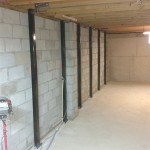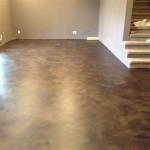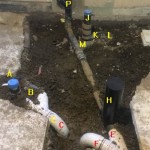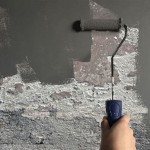What Is The Ideal Humidity Level In Your Basement
Moisture in your basement may be a problem for homeowners in humid climates or in rainy areas. It is not just about your basement being damp or muggy, but higher moisture levels may result in unpleasant odors and cause damage to your home if you do not take steps to control the humidity. Mold can proliferate where there are moisture problems. Mold may grow on basement walls, floors, or ceilings, causing them to deteriorate. You and your family may have respiratory issues if you inhale mold spores. You may also find that your basement has a musty smell due to mold growth.
The ideal humidity level in your basement is between 30% and 50%. Humidity can be measured using a hygrometer. This is a device that measures the relative humidity of the air. Temperature and humidity in your basement can be affected by various factors, including the climate in your area, the time of year, and whether or not your basement is insulated and sealed properly. You can reduce the humidity in your basement by using a dehumidifier, which removes moisture from the air. Dehumidifiers come in various sizes and capacities, so you will need to select one that is appropriate for the size of your basement. In addition to using a dehumidifier, you can also reduce basement humidity by making sure it is well-ventilated. This means opening windows and doors when the weather permits and using fans to circulate the air. You can also seal any cracks or gaps in your basement walls or floors to prevent moisture from entering.
If you have a problem with moisture in your basement, it is important to identify the source of the problem and take steps to correct it. This may involve repairing leaks, improving ventilation, or waterproofing your basement. If you are not sure how to fix the problem yourself, then you should consult with a professional.
Here are some additional tips for maintaining ideal humidity levels in your basement:
- Use a dehumidifier to remove moisture from the air.
- Ventilate your basement by opening windows and doors when possible.
- Seal any cracks or gaps in your basement walls or floors.
- Avoid storing items in your basement that can contribute to moisture, such as wet clothes or firewood.
- If you have a moisture problem in your basement, find and fix the source of the problem.
By following these tips, you can help keep your basement dry and comfortable while avoiding mold and mildew problems.

How To Lower Your Basement S Humidity Level

Dehumidifier Setting Chart What Should Be Set At

A Guide To Controlling Nc Home Humidity Newcomb And Company

What Is The Ideal Basement Humidity Level Epp Foundation Repair

The Ideal Humidity Level For Your Basement Reliable Waterproofing

Relative Humidity Chart For Ideal In The House

How To Achieve An Ideal Basement Humidity Of 30 50

How To Lower Your Basement S Humidity Level

Hot In Here How To Maintain Ideal Indoor Humidity Summer

How To Keep The Perfect Humidity Level Inside Healthy House On Block







